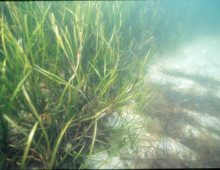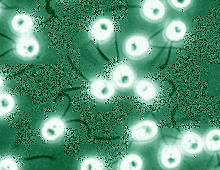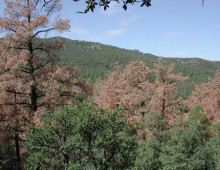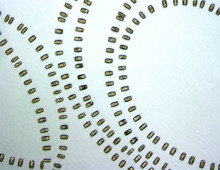Why Sequence Hansenula polymorpha?
Hansenula polymorpha strain NCYC 495 leu1.1 is a yeast capable of fermenting xylose, cellobiose, and glucose to ethanol at high temperatures (45 – 50° C). This particular strain ferments xylose much more efficiently than other strains of H. polymorpha. Hence, it is a promising strain for the simultaneous saccharification and fermentation (SSF) process, which combines… [Read More]





